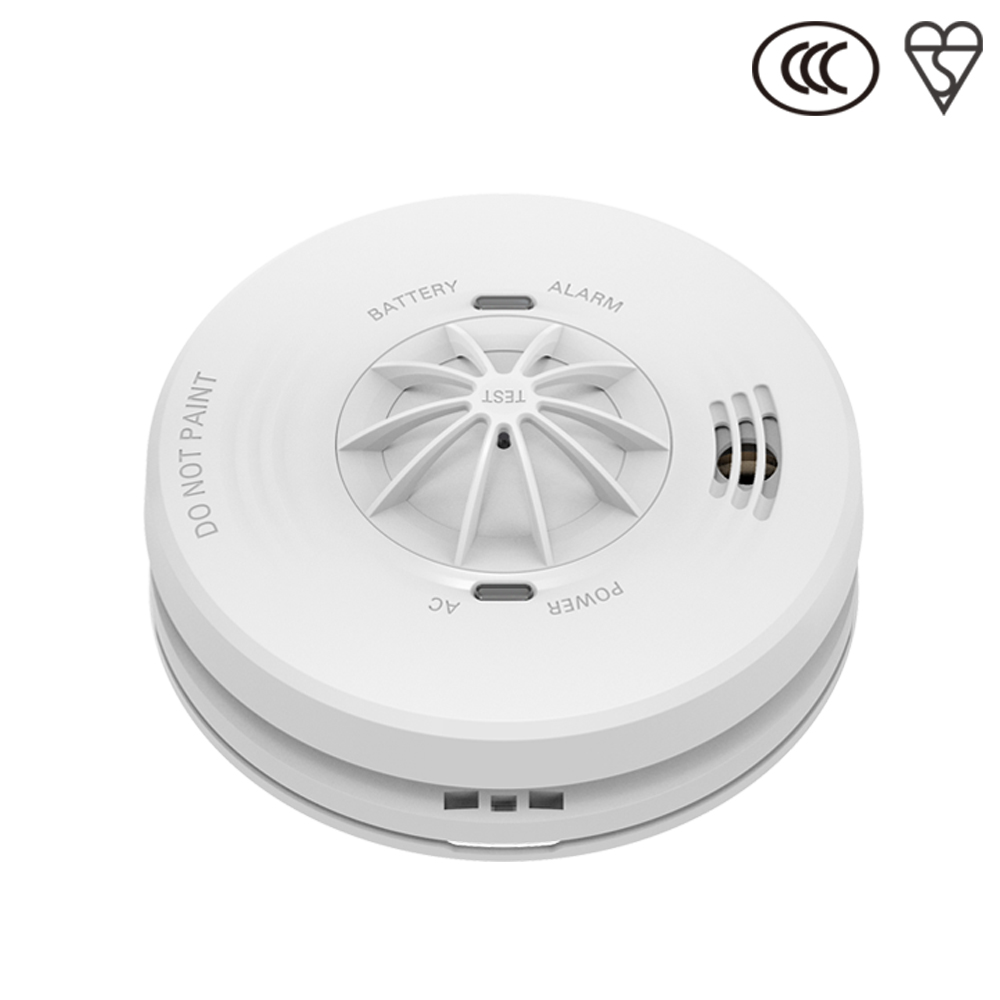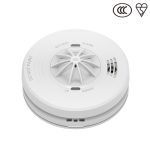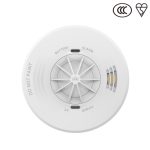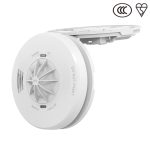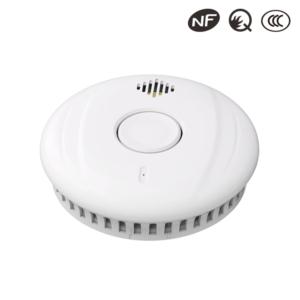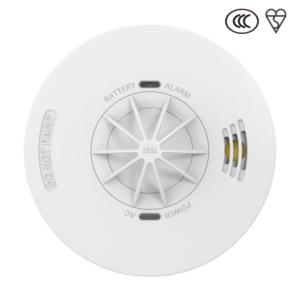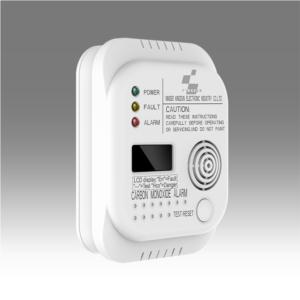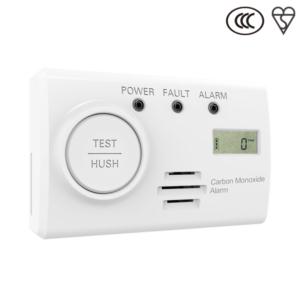AC 220V main power DC 9V backup battery with wired(wireless) interconnection heat alarm
Inquire NowDescription:
The heat alarm unit is a critical safety device designed to rapidly detect temperature increases, issuing warnings when environmental temperatures reach between 54℃ and 65℃. This feature ensures that residents are alerted to potential dangers, allowing for prompt evacuation. The alarm operates on AC 220V to 240V power supply with a DC 9V battery backup, which also provides low battery warnings. With a thoughtful design aimed at minimizing disturbances during rest, the unit includes a silence mode and a no disturb feature.
This versatile alarm is ideal for installation in kitchens, garages, and other areas prone to fire hazards. Its interconnection functionality allows multiple alarms to work together, enhancing safety across larger spaces.
NOTE: NOT SUITABLE AS A FIRE SAFETY DEVICE UNLESS INTERCONNECTED TO ONE OR MORE SMOKE ALARMS.
Product main features:
- Rapid heat detection
- Certified to BS 5446-2:2003 standards
- AC 220-240V operation with DC 9V backup and low battery warnings
- Low-power feature with replaceable batteries
- Battery life of at least five years
- Wired interconnection capability for up to 40 devices
Specifications:
| Attribute | Details |
|---|---|
| Power Source | AC 220 – 240V, DC 9V battery backup |
| AC Quiescent Current | < 100mA |
| AC Alarm Current | < 100mA |
| DC Quiescent Current | < 8µA |
| DC Alarm Current | < 28mA |
| Heat Sensitivity | 54℃ – 65℃ |
| Compliance | BS 5446-2:2003 |
| Alarm Volume | > 85dB(A) @ 3 meters |
| Low Voltage Threshold | < DC 7.6V |
| Hush Time | About 8 minutes |
| Service Life | > 10 years |
| Humidity Range | < 93% relative humidity (RH) |
| Temperature Range | 0℃ – 65℃ |
| Sound Pattern | ISO8201 (BI 0.5s – pause 0.5s, repeat) |
| Size | 140mm diameter x 58.8mm depth |
Additional Information:
Weekly testing of the unit is required to ensure proper functionality. The device includes several operational modes, including standby, local alarming, interconnection alarming, low battery, fault, silence, and no disturb modes, each designed to enhance user experience and safety.
